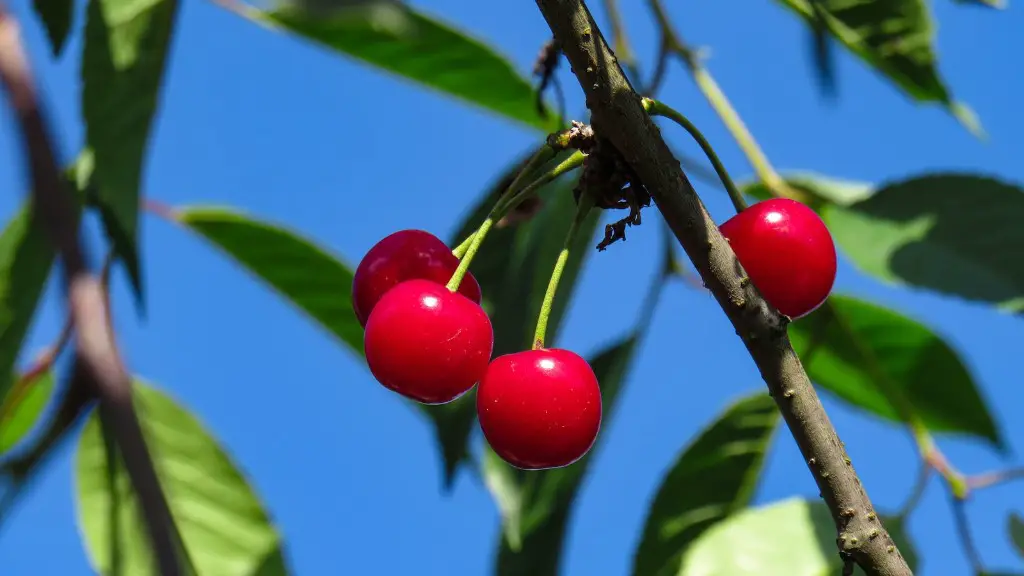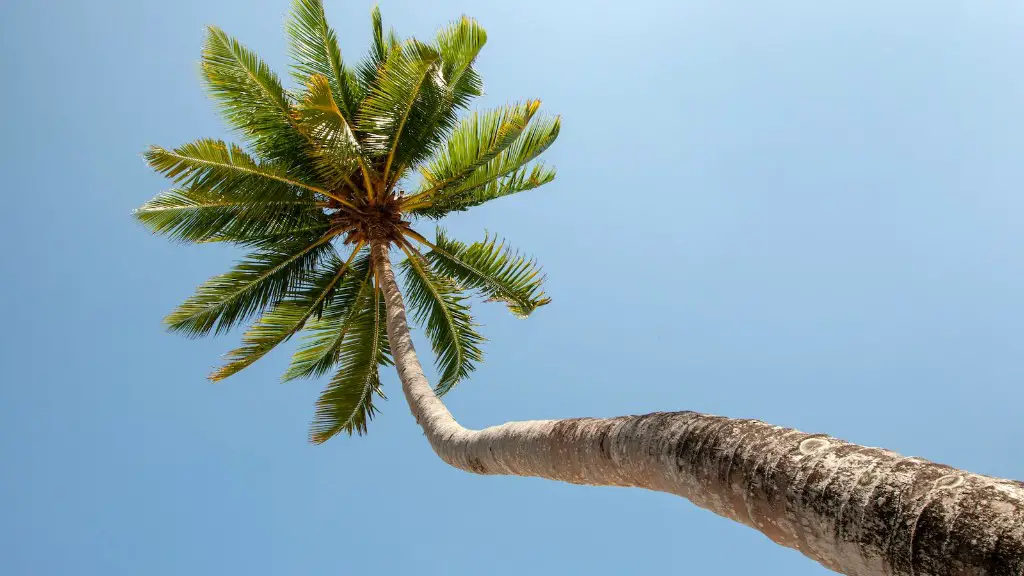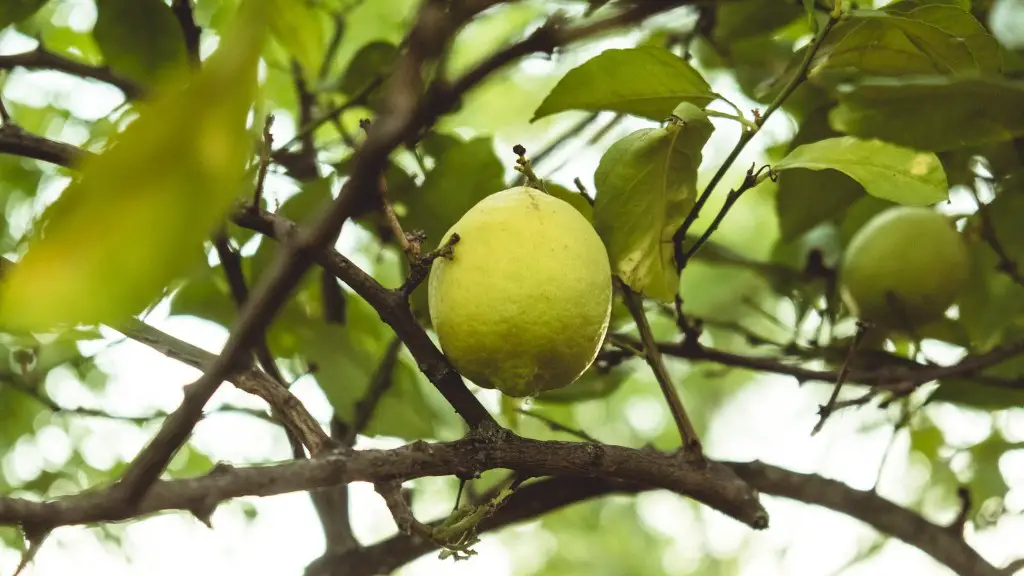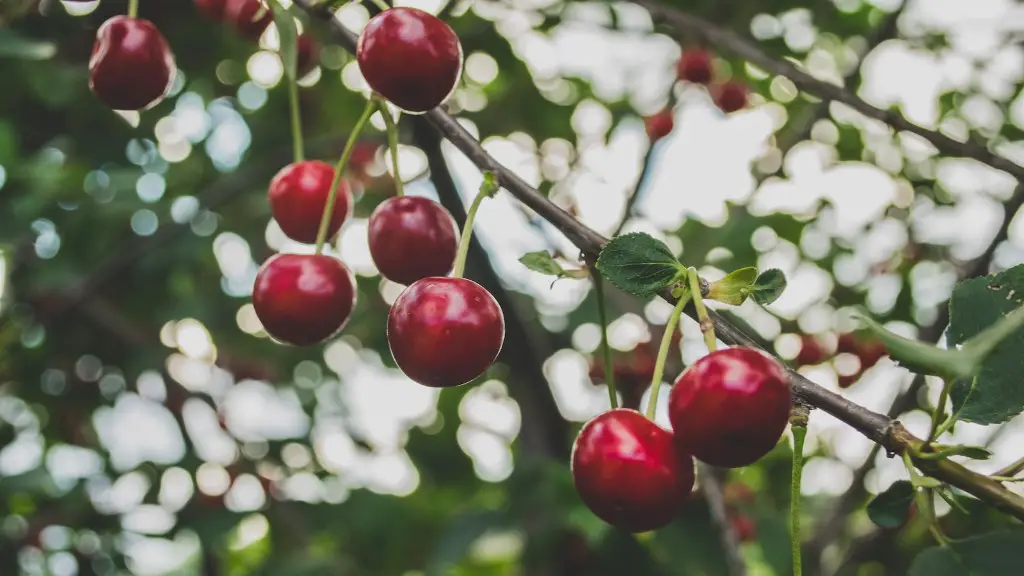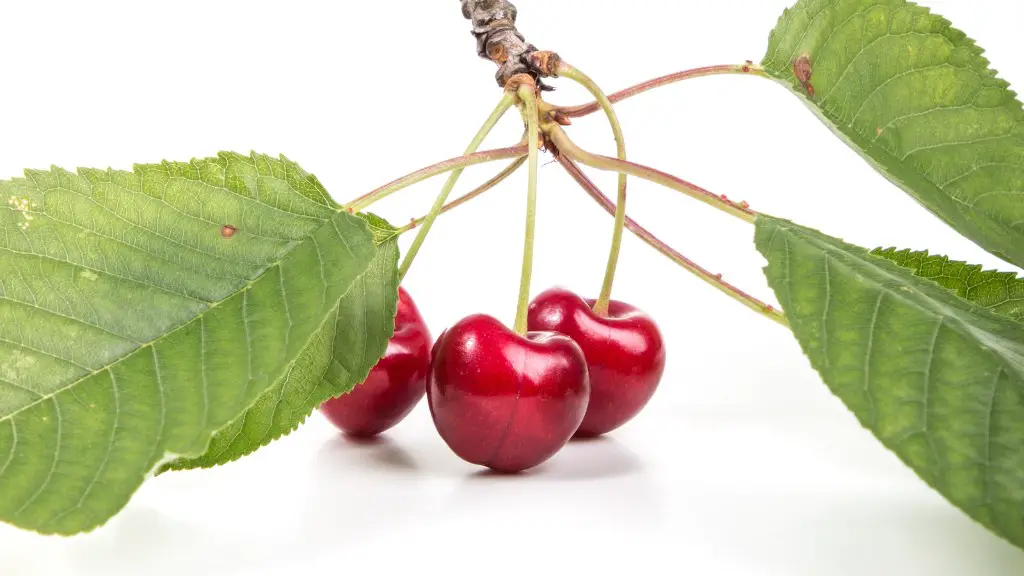General trimming guidelines
When it comes to cherry tree trimming, regular pruning is essential for keeping a healthy tree. Pruning is essential for creating a strong framework and for managing a healthy balance between tree fruit production and growth. It is most beneficial to prune cherry trees in late winter or early spring before the buds start to swell.
The goal in pruning cherry trees is to trim the tree in a way that allows light to enter, air to move, and free space for new fruit-bearing wood to develop. In general, cherry trees should not be pruned heavily since this can reduce the number of flowers and fruits that the tree will produce. This can be done by removing weak, broken, or dead branches. It should also be noted that cherry trees should not be topped or headed, as this will also reduce the amount of fruit it will produce.
The best way to start pruning a cherry tree is to make cuts at the branch collar. It is important to make sure that no large stubs are left behind and to keep the natural shape of the tree as much as possible. An experienced arborist will be able to help with pruning an old or out of balanced cherry tree.
When renovating an old cherry tree, it is important to remember that pruning must be done in stages over a few years. This will help control the shape, size, and vigor of the tree. To begin, the undesirable branches should be removed, followed by thinning out the rest of the branches to promote new growth.
Bare-rooting is another essential pruning technique used on cherry trees. It is done by removing entire roots from the tree and replacing them with a new or improved root system. This should only be attempted by a professional due to its complexity and skill level.
Caterpillar Control
Pruning is also important for controlling certain caterpillars. Japanese cherry tree caterpillars are particularly destructive and must be taken care of as soon as they are found. The caterpillars should be removed with a hand rake and discarded right away. Pruning larval hosting branches is another way to control the caterpillars.
To prevent Japanese cherry tree caterpillars, it is important to regularly inspect trees and remove any egg masses that are found. Pruning away any branches which are seen to have caterpillar activity can also be an effective way of controlling the pests.
It is also recommended to use pheromone traps and apply insecticidal soaps and microbial insecticides. All of these steps should be done during late winter or early spring when the caterpillars are beginning to hatch. Applying these treatments and controlling the caterpillars are key for keeping the tree healthy and for encouraging a better crop.
Fungal Diseases
Fungal diseases must also be taken into consideration when trimming a cherry tree. Pruning is essential for managing fungal diseases, as some diseases will only develop on branches that are too close to the main trunk of the tree. To prevent the spread of fungal infections, it is important to prune away parts of the branches that are infected and to promote air circulation by thinning out the branches.
It is also important to pay attention to any cankers that may develop on the cherry tree’s branches. Cankers are circular to oval patches of dead bark, which may be infected with a fungus. These can be removed with a sharp pruning tool and discarded away from the tree.
In order to encourage new growth and discourage the spread of a fungus, it is essential to sanitize any pruning tools that are used. This can be done by wiping down the tools with rubbing alcohol or a 10% bleach solution after each cut.
Healthy Fruits
When it comes to growing a healthy crop of fruits, pruning is essential for promoting large and flavorful cherries. Pruning cherry trees should be done in a way to ensure that only one or two main branches are left holding the fruits so that the majority of the energy will be sent to them. This will help the cherry tree produce larger, sweeter, and juicier fruit.
It is important to thin out the branches before the season to reduce the total amount of fruit on the tree. This will provide more energy for the cherries that remain, resulting in larger and juicier fruit. It is also beneficial to remove any excess or misshapen fruit as well as any foliage that is blocking the sunlight from reaching the cherries.
In addition, it is important to remember that pruning weak or diseased branches is key for well-balanced tree health and the production of sweet and juicy cherries. If pruning is done correctly, the cherry tree should be more productive and the fruit will be better quality.
Home care
In addition to pruning, taking good care of a cherry tree should include regular fertilizing, protecting the tree from pests, and making sure it has enough water. It is important to keep trees well-watered during periods of drought and to layer on mulch to provide insulation and help retain moisture. Fertilizing is also key for encouraging the best tree growth and for providing enough nutrients for the fruits.
Insecticides and fungicides can be used to protect cherry trees from destructive pests and fungi. However, it is important to only use these products when necessary and to always read the instructions on the label.
When it comes to cherry tree care, pruning is essential for maintaining the health of the tree, producing a large and juicy crop of cherries, and controlling pest populations. It is important to prune the tree during late winter or early spring while taking precautions to prevent infecting the tree with any fungal diseases.
Biological Pest Control
Biological pest control can also be used to keep pests under control without damaging the environment. This type of control usually relies on beneficial predators or parasites that naturally inhabit the area, such as predatory mites, lacewings, ladybugs, and beneficial nematodes.
These beneficial insects feed on the larvae, eggs, or adults of various pests and can help to keep a healthy balance in the area. For example, predatory mites feed on spider mites and other pests, while lacewings, ladybugs, and beneficial nematodes feed on aphids, beetle larvae, and other harmful insects.
These beneficial insects can be purchased from garden centers or online retailers and released into the area. It is important to keep in mind that these insects will only control the pest population for a limited time and must be replenished regularly. In addition, it is important to make sure that the beneficial insects are not sprayed with any insecticides as this will kill them.
Thinning Fruits
Thinning out the crop of cherries can also help to promote larger and healthier fruits. This method may sound counterintuitive, but it is one of the best ways to ensure that the cherries that remain on the tree will be of high quality. Thinning cherries can be done in the early summer, with small, weak, or misshapen fruits plucked off with a fingernail or pruning clipper.
The goal in thinning out the cherries is to make sure that each cluster of cherries has only one or two fruits. This helps to ensure that the cherries will be larger, tastier, and sweeter. This type of pruning can also be done in late spring or early summer, but it is important to remember that too much pruning can lead to reduced yields.
These are just some of the essential tips when it comes to cherry tree trimming and care. Taking the time to prune regularly, protect from pests, and thin out the cherries will help to ensure a plentiful crop of tasty and enjoyable fruit.
